MartinLogan Motion 60XT vs Yamaha NS-F901 Speakers
I love an old-fashioned shootout, and after the introduction of the Yamaha NS-F901 tower speakers, it seemed like a good idea to do an objective comparison of them to another favorite, the MartinLogan Motion 60XT with Folded Motion tweeter. Both speakers retail for more than your average tower, but still come in as value products compared to what you can find in true “cost-no-object” audiophile listening rooms. We’ll start off by comparing the MartinLogan Motion 60XT vs Yamaha NS-F901 Speakers – looking at both features and design. Next, I’ll post a table outlining the primary differences between the two models (highlighting specs and features in particular). This birds-eye view of both the MartinLogan Motion 60XT towers and the flagship Yamaha NS-F901 floor standing speakers should help you as you decide which might be best for you.
MartinLogan Motion 60XT Speakers
Without waiting at the starting gate, MartinLogan’s 60XT speakers stun us with a street price of just under $3000/pair. Considering these are speakers that dip down to 35Hz (±3dB) and have a wide 80º dispersion (30º vertical), you’re talking about a system that is very easy to place within a room and achieve a nice, wide soundstage. These speakers are also very easy to drive. With a sensitivity rating of 94 dB @ 1W/meter you can connect them up to just about any amplifier (starting at just 20 Watts) and get tons of volume. The thing is, however, with a 4-ohm nominal load and the use of the Folded Motion tweeter, these speakers have a delicate finesse in the high and mid-ranges that is quite unique—and perfect for both classical and jazz music.
MartinLogan Motion 60XT Build Quality, Crossovers, and Drivers
 Taking a look at the drivers on the 60XTs you see that MartinLogan wanted to deliver a lot of clean output. Highs are, of course, taken care of by the Folded Motion tweeter, but what’s impressive about that driver is that it crams over 12 square inches of diaphragm surface area into a space measuring just 1.25″ x 2.4″. It’s also fitted with thermal/current protection (which you’ll likely never need to worry about due to the efficiency of the system). The mids are handled by a 6-1/2” aluminum cone woofer with cast polymer basket that is in a sealed chamber. Lastly, the low frequency drivers, that take you down to 35Hz come from a pair of 8” (yes, 8″!) aluminum cone drivers that are seated on cast aluminum baskets. These woofers are positioned within a dual-ported chamber that is asymmetrical to avoid resonance and modes at critical frequencies.
Taking a look at the drivers on the 60XTs you see that MartinLogan wanted to deliver a lot of clean output. Highs are, of course, taken care of by the Folded Motion tweeter, but what’s impressive about that driver is that it crams over 12 square inches of diaphragm surface area into a space measuring just 1.25″ x 2.4″. It’s also fitted with thermal/current protection (which you’ll likely never need to worry about due to the efficiency of the system). The mids are handled by a 6-1/2” aluminum cone woofer with cast polymer basket that is in a sealed chamber. Lastly, the low frequency drivers, that take you down to 35Hz come from a pair of 8” (yes, 8″!) aluminum cone drivers that are seated on cast aluminum baskets. These woofers are positioned within a dual-ported chamber that is asymmetrical to avoid resonance and modes at critical frequencies.
But drivers aren’t everything. The MartinLogan 60XT towers are a three-way design, with crossovers at 400Hz and 2,200 Hz. The crossovers use custom air core coil and low DCR steel laminate inductors along with polypropylene film capacitors (in series) and low DF electrolytic capacitors (in parallel). Even the 5-way bi-wire binding posts are custom and exude an elegance that isn’t to be missed.
Yamaha Soavo NS-F901 Speakers
When you look at Yamaha’s approach to their flagship speaker you see something familiar. The Soavo NS-901 speaker, in our opinion, looks like it could have been made in the same location as one of Yamaha’s grand pianos. The design is clean—almost hygienic, with the white drivers even coming across as too beautiful to touch. The Soavo speakers continue Yamaha’s “natural sound” design where speaker and instrument mesh to become a single device for the advantage of the listener. Given the components placed within the speaker and the specs it delivers, we’re of the opinion that Yamaha makes good on their promises.
Yamaha NS-F901 Build Quality, Crossovers, and Drivers
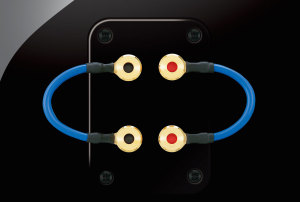 To start things off, Yamaha utilized a brand new A-PMD midrange driver. This is an “Advanced Polymer-injected Mica Diaphragm” design that uses an improved cone paper that is light and stiff (two key ingredients in a successful cone material) and doesn’t resonate like aluminum. The key sonic takeaways are a smooth, quick responsiveness that’s nimble enough to handle any type of demanding program material. This new A-PMD driver also implements a rather large neodymium magnet along with an aluminum die cast frame. I am a midrange aficionado and Yamaha has the goods to handle those critical female vocals, sax and acoustic guitar that often get lost with sloppier driver systems.
To start things off, Yamaha utilized a brand new A-PMD midrange driver. This is an “Advanced Polymer-injected Mica Diaphragm” design that uses an improved cone paper that is light and stiff (two key ingredients in a successful cone material) and doesn’t resonate like aluminum. The key sonic takeaways are a smooth, quick responsiveness that’s nimble enough to handle any type of demanding program material. This new A-PMD driver also implements a rather large neodymium magnet along with an aluminum die cast frame. I am a midrange aficionado and Yamaha has the goods to handle those critical female vocals, sax and acoustic guitar that often get lost with sloppier driver systems.
The offer uses the same A-PMD design so you don’t lose articulation down low where it counts and a 1″ aluminum dome tweeter (also with a neodymium magnet) uses a thick surround material to firmly integrate the diaphragm and voice coil to blend with the midrange driver. The result is a nice transition that is seamless and detailed from the highs through the bottom end (which goes sown to an impressive 32Hz). A heavy aluminum die cast tweeter plate also minimizes resonances and Yamaha implemented a fine mesh grill to aid in dispersion.
The crossovers use Solen metalized polypropylene capacitors as well as iron-core coils (assembled with quality-controlled wire). Each of the parts is directly soldered individually (no printed circuit boards are used), and each cabinet is tuned to ensure the drivers exhibit a smooth transition from top to bottom as designed.
The cabinet (which is available in piano black or white) rounds everyone out with a unique design that uses zero parallel surfaces—all but eliminating internal resonances. The joints are made using a three-way mitered construction, and the woofer and midrange are separated by slanted partition. There’s plenty of vertical bracing, and the entire design (courtesy of Toshiyuki Kita) is one of elegance and poise.
Fine Speaker and Electronics “Pairings”
Like with any fine audio “tasting”, we want to pair these speakers with the right components to make them sing. One of the best amplifiers you’ll want to match up with either the MartinLogan 60XT or Yamaha NS-F901 towers is the Yamaha A-S3000 integrated stereo amplifier. This amp puts out 150 Watts per channel into 4-ohm loads and features, among other things, a hefty direct-draw toroidal transformer and a comprehensive low impedance design. The signal paths have been deliberately designed to eliminate unwanted wiring, and a copper-plated chassis helps reject noise and interference. This thing is a tank of an amp, with a 1/4″ thick aluminum top panel and a symmetrical layout for the independent pre amp and power amp blocks. The amp is constructed with floating and balanced MOSFET-driven power amplifier.
Of course, you also get an electronic volume control and a discrete phono amp, plus oversized VU meters right on front to let you know what your music is up to.
Yamaha A-S3000 Integrated Stereo Amplifier
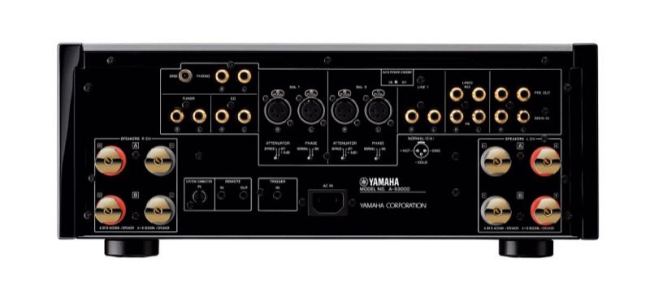
Balanced inputs, custom phono input, custom 5-way binding posts, and a symmetrical design make this a great integrated amplifier for all of your high-end audio needs.
Yamaha CD-S3000 Super Audio CD player (SACD)
And you may want to also consider the Yamaha CD-S3000 Super Audio CD player (SACD) for the ultimate matching source component.
MartinLogan Motion 60XT vs Yamaha NS-F901 by the Numbers
| MartinLogan Motion 60XT | Yamaha NS-F901 | |
| MSRP (US) | $2,999.90 per pair | $3,999.90 per pair |
| Frequency Response | 35–25,000 Hz ±3dB | 32–50,000 Hz ±3dB |
| Dispersion | 80° x 30° | unspecified |
| Sensitivity | 94 dB/2.83 volts/meter | 89 dB/2.83 volts/meter |
| Nominal Impedance | 4 Ohms. Compatible with 4, 6 or 8 ohm rated amplifiers. | 6 Ohms. Compatible with 4, 6 or 8 ohm rated amplifiers. |
| Recommended Amplifier Power | 20-400 watts per channel | 50-200 watts per channel |
| Crossover Frequency | 400 & 2,200 Hz | 450 & 3,500 Hz |
| Crossover Components | Custom air core coil and low DCR steel laminate inductors. Polypropylene film capacitors in series and low DF electrolytic capacitors in parallel. Tweeter thermal/current protection. | Solen metalized polypropylene capacitors and large iron-core coils with carefully selected wire; direct-soldered |
| High Frequency Transducer | 1.25″ × 2.4″ Folded Motion XT Transducer with 4.5″ x 2.75″ diaphragm | 1″ aluminum dome |
| Mid Frequency Driver | 6.5″ aluminum cone with cast polymer basket. | 5″ Advanced Polymer-injected Mica Diaphragm (A-PMD) with aluminum die cast basket |
| Low Frequency Driver | Two 8” (20.3cm) aluminum cone with cast aluminum basket. Non-resonant asymmetrical chamber format. Rigid structured dust cap to reduce cone break-up modes. | Two 6.5″ Advanced Polymer-injected Mica Diaphragm (A-PMD) with aluminum die cast baskets |
| Binding Posts | Custom 5-way bi-wire tool-less binding posts | Custom 5-way bi-wire tool-less binding posts |
| Base | Included MiniETC Spikes | Solid wood plinth |
| Weight | 66lbs. each | 67lbs. each |
| Overall Dimensions (HxWxD) | 48″ x 11.4″ x 14.4″ | 10-5/8″ x 41-3/4″ x 16-3/4″ |

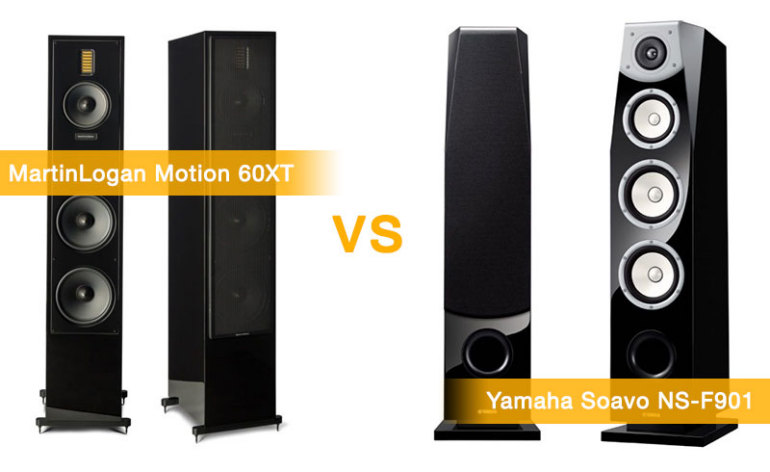
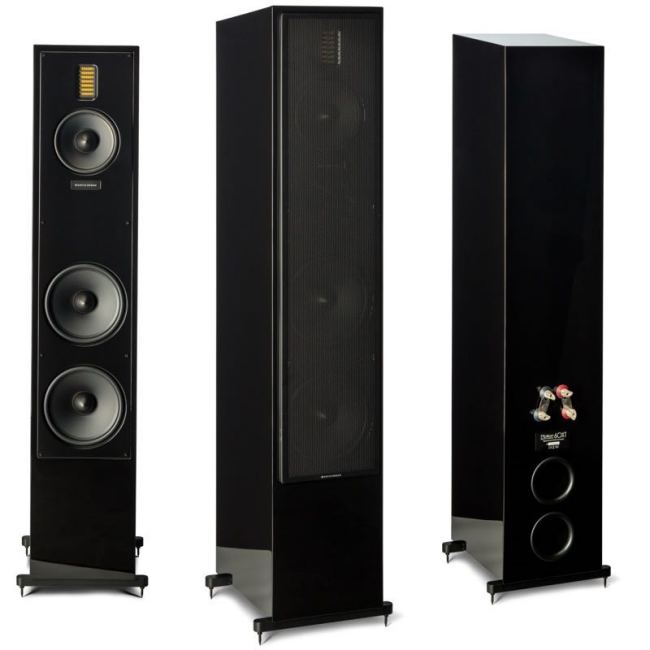
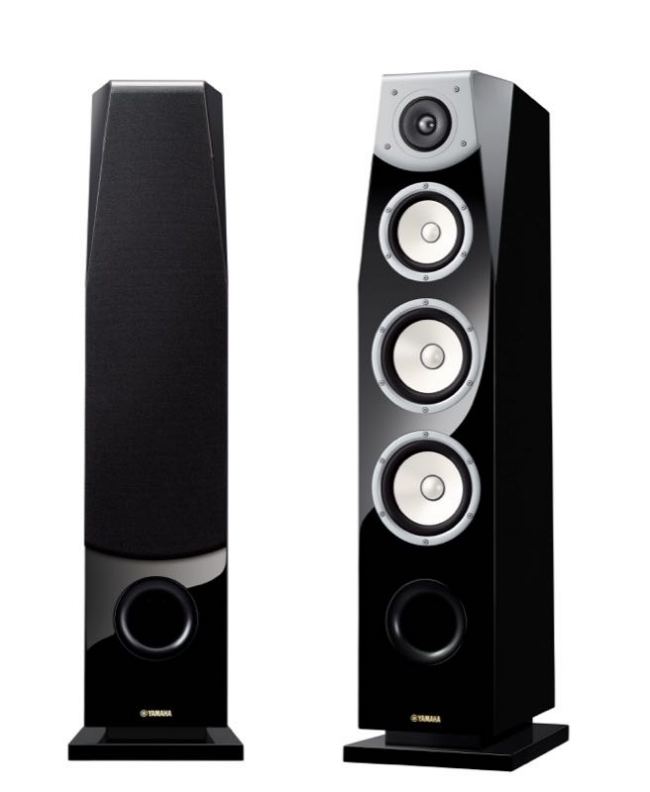
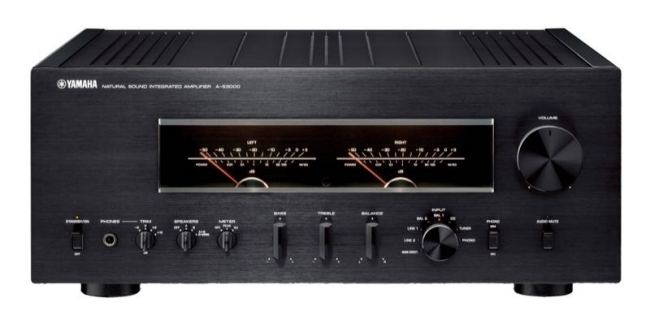
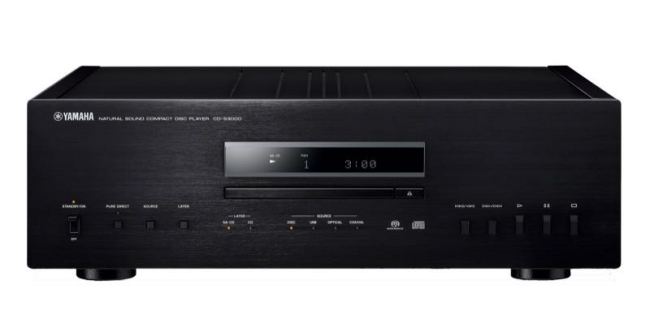

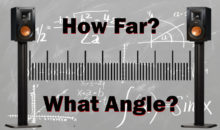
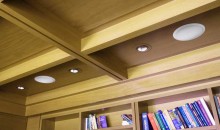
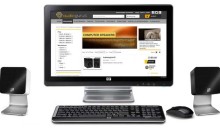

Hi
Have you ever heard of Harmon Logan speakers ??
They are make in the USA .
Model number is h30
Are they any good ,Any info would be great
The Yamaha NS-F901 were introduced over 1o years ago with no upgrades; furthermore, their price has increased $1,000.00.
THe MLM 60XT are, aslo, a bit older and $1,000.00 more expensive. Both speakers perform well but are grossly overpriced as is the Yamaha A-S3000 as is, also, thier specified SA-CD Player.
All three are examples of different design approaches and both are legitimate but speakers have progressed further and neither speaker is worth, anywhere, their retail price. The Yamaha can be gotten for $800.00 less if you are diligent and persevere.
To FLOYD: Actually, the Yamaha AS3000 is one of the greatest bargains in all of audio. Build construction rivals cost-no-object integrateds, so does sound refinement. Put one next to a twice the price anything including Accuphase, remove both covers, and bring someone who knows about those kinds of machines to show you the differences between the two. Repeat the experience with a high-priced McIntosh amp with the plastic knobs. You have obviously never seen an AS3000 up close let alone auditioned one in your home. Overpriced, it sure is NOT!!!
AS3200 just came out…98% the very SAME as the AS3000. This makes the AS3000 a proverbial STEAL.
Mike:
Spare me the melodrama!
I have a McIntosh 7200 Stereo Receiver and a pair of Revels. I listened to both aforementioned speakers and what I wrote, I continue to repeat: both were fine when first introduced but both have been widely surpassed…particularly, by the Revels.
And for your edification, both the Accuphase and the Esoteric will blow away the A-S3000 which, I doubt, you’ve ever seen, let alone, ever heard? Park the pomposity where you sit after your first morning coffee!